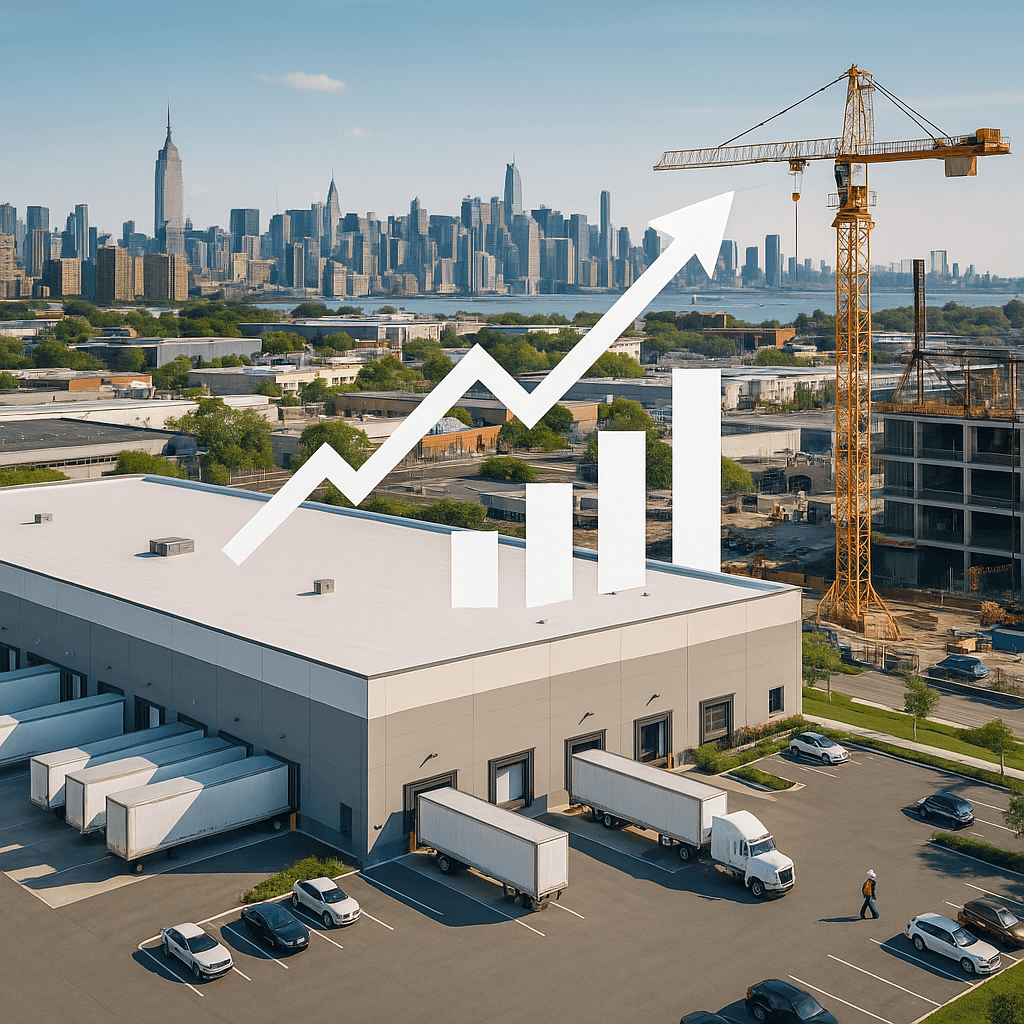Amazon just revealed the jaw-dropping scale of its New York expansion - $52.3 billion invested since 2010, generating $46 billion for the state's economy and creating a ripple effect that's reshaping how the Empire State does business. The tech giant's latest numbers show it's not just building warehouses; it's constructing an entire economic ecosystem that now supports over 33,000 indirect jobs across construction, logistics, and professional services.
Amazon is quietly becoming one of New York's largest private investors, and the numbers released today paint a picture of systematic economic transformation that goes far beyond typical corporate expansion. The $52.3 billion figure represents more than just infrastructure - it's total investment including employee compensation, facilities, and technology that's been flowing into the Empire State for over a decade. What makes this particularly striking is the multiplier effect. According to Amazon's latest economic impact data, every direct job the company creates supports roughly 1.5 additional positions in related industries. That translates to 33,000 indirect jobs spanning construction crews building new facilities, logistics coordinators managing supply chains, and professional services firms supporting Amazon's operations. The company's front-line workers earn an average base wage exceeding $23 per hour, with total compensation hitting $30 when benefits are included. But it's the infrastructure buildout that tells the real story of Amazon's New York ambitions. The company now operates a staggering 82 facilities across the state - 10 fulfillment and sortation centers, 35 delivery stations, four Prime Now hubs, 32 Whole Foods locations, three Amazon Fresh stores, and two Amazon Go outlets. Five of these facilities already feature on-site solar power generation, signaling Amazon's push toward sustainable operations even as it scales rapidly. The small business angle reveals perhaps the most interesting dynamic. New York-based independent sellers - most of them small and medium enterprises - sold 769 million items through Amazon's marketplace in 2024 alone. The average seller generates approximately $565,000 in annual sales, and here's the kicker: over 60% of all sales in Amazon's store now come from these third-party sellers rather than Amazon's own inventory. This isn't just e-commerce growth; it's a fundamental shift in how retail works. More than 65% of U.S. independent sellers employ at least one person within 50 miles of their primary business location, creating a distributed network of micro-enterprises that Amazon's infrastructure makes possible. The education partnerships show Amazon thinking long-term about workforce development. Through its Career Choice program, the company prepays tuition for employees at 20 New York institutions, including schools within the CUNY and SUNY systems. Since 2019, over 425,000 U.S. employees have participated in Amazon's free education and training programs - a number that dwarfs many traditional corporate training initiatives. What's particularly notable is Amazon's Machine Learning University, which trains employees in AI and data science skills that are increasingly valuable across industries. This creates a pipeline where Amazon employees can either advance within the company or take their skills to other employers, effectively subsidizing technical education for the broader New York economy. The $46 billion contribution to New York's gross domestic product puts Amazon's economic impact in perspective against other major industries. That figure represents real economic activity - wages paid, goods purchased, services contracted - flowing through New York's economy because of Amazon's presence. Industry analysts note that this kind of sustained investment typically creates self-reinforcing cycles. More Amazon facilities mean more supplier relationships with local businesses. More employees mean more spending at local restaurants, housing, and services. More small businesses succeeding on Amazon's platform means more local hiring and expanded operations. The timing of this data release is significant. As other tech companies pull back from major expansion projects or shift focus to AI investments, Amazon continues doubling down on physical infrastructure and workforce expansion. While and others chase virtual worlds, Amazon is betting that the future still requires moving real goods to real people in real places.












